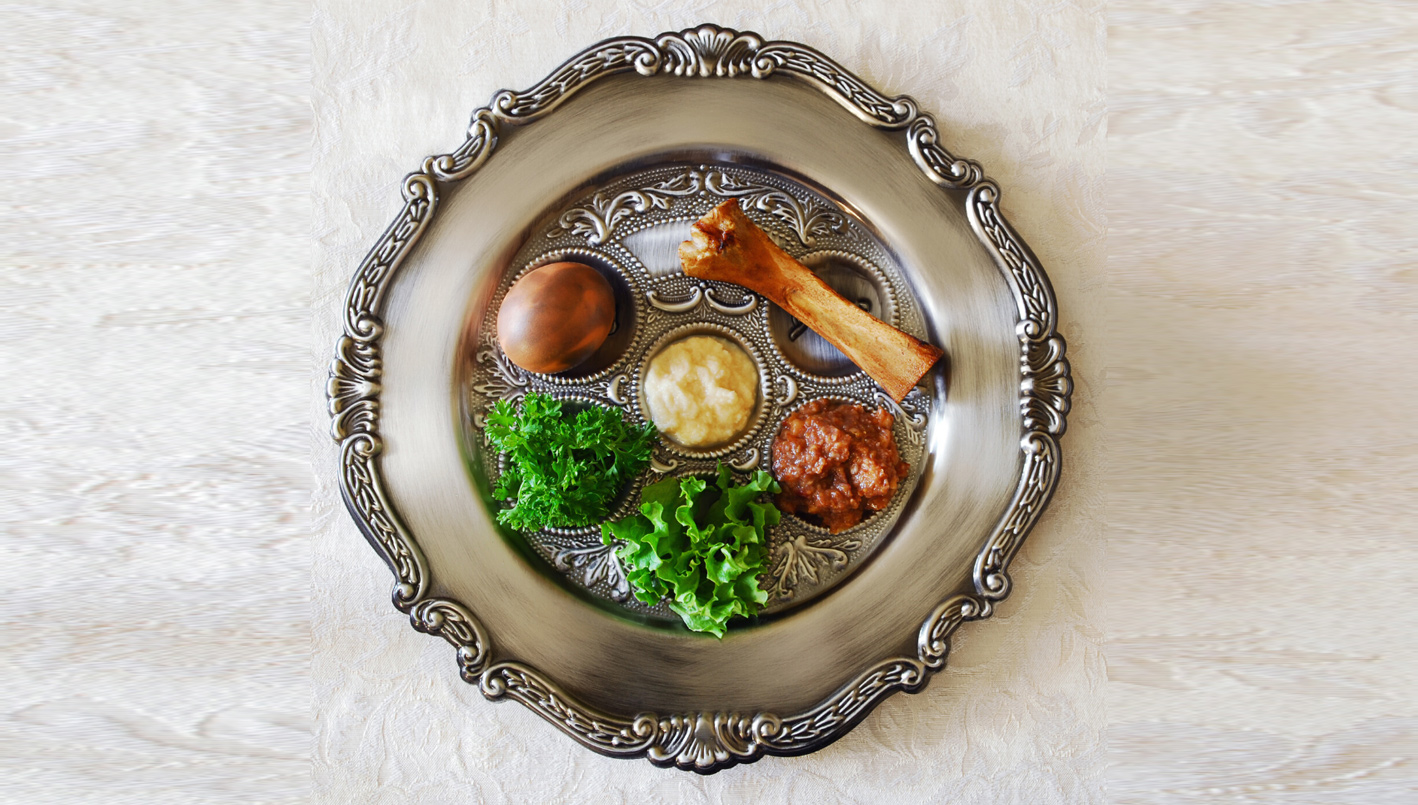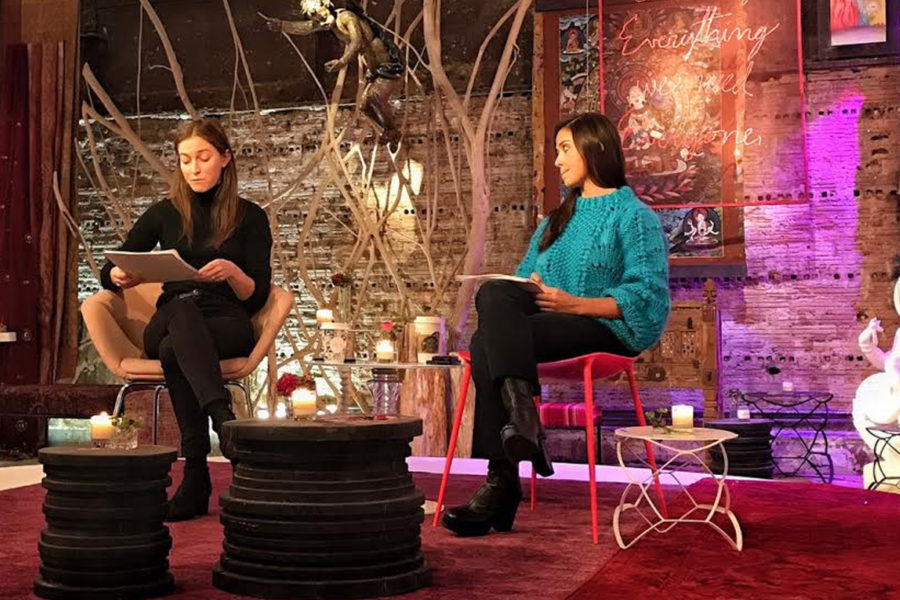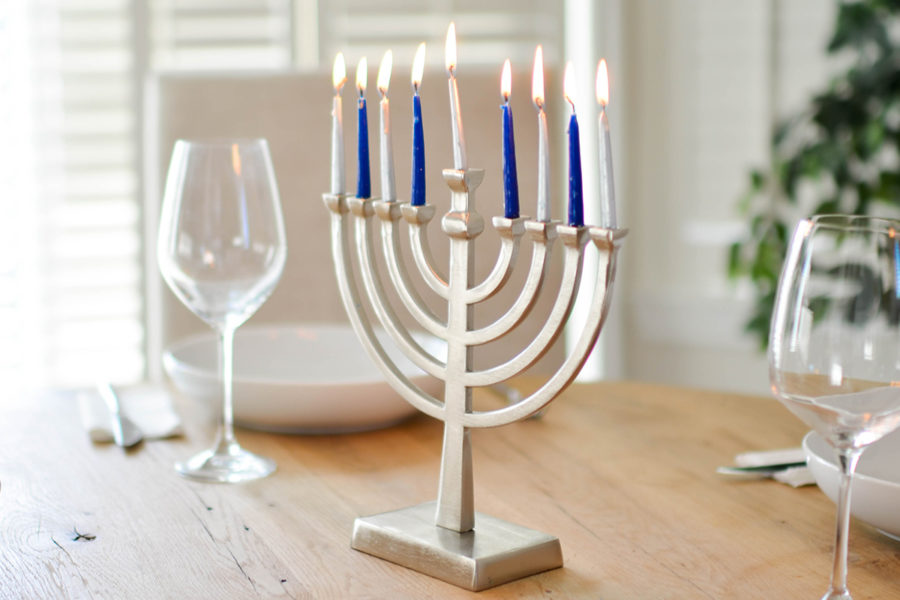By Stephanie Goldfarb, Honeymoon Israel Chicago Director of Community Engagement
Passover is not only the most widely-celebrated Jewish holiday, it’s also the one that requires the most choreography, prepping, shopping, and planning. While most of us probably have more prep time than normal these days due to #socialdistancing2020, it’s not a guarantee that we’ll find everything we need at the grocery store to make a traditional seder plate. There are also many reasons why some folks opt out of using traditional items (from environmental and ethical reasons to dietary restrictions), and since Passover is all about liberation, we say you do you!
Below is a list of all the stuff that’s traditionally on a seder plate, some context for why it’s there at all, and some hacks if items become unavailable or if you want to make a switch for other reasons. And ultimately, an incomplete seder plate doesn’t exclude anyone from celebrating!
Matzo
Context: What the Jews ate as they fled slavery in Egypt. Literally “the bread of affliction.”
Quarantine hack: If matzo isn’t available, you can bake your own with just flour and water! The key: it all has to come together in under 18 minutes. Consider the challenge this year! And if that’s not an option or if it doesn’t seem fun to you, use the plainest, thinnest cracker you can come by, ideally with no flavorings or raising agent like baking powder or yeast.
Zeroa (Shankbone)
Context: Represents the lamb sacrificed on the eve of the Jews’ exodus from Egypt. Also, the blood that Jews painted on their doorposts to ward off the “death of the firstborn” plague.
Quarantine hack: Any roasted piece of meat on a bone will do. And for the meat-free among us, throw a root vegetable (beet, parsnip, carrot etc.) in the oven on high heat until it chars and blackens.
Beitzah (Egg)
Context: Represents the pre-holiday offering that was brought in the days of the Holy Temple in Jerusalem. The roundness of the egg also represents fertility and the cycle of life—even in the most painful of times, there is always hope for a new beginning.
Quarantine hack: If you don’t eat eggs for ethical, environmental, or health reasons, or if you can’t find any eggs, worry not! Walnuts, pomegranate, coconut, yams, and figs also symbolize fertility and life.
Maror and Chazeret (Bitter Herbs)
Context: Recalls the bitterness of slavery in Egypt. Fresh grated horseradish (for maror), and romaine lettuce (for chazeret), are the most common choices.
Quarantine hack: No horseradish? No problem. Try other bitter or spicy foods like red radish, cabbage, or leftover wasabi from last night’s sushi delivery. No fresh lettuce? Try eating the literal roots of the fresh herbs you use for the karpas (see below).
Karpas (Vegetable)
Context: Alludes to both the season of spring and the backbreaking work of the enslaved Jews. Ashkenazi Jews tend to use fresh parsley and Sephardic Jews tend to use scallions. Dip it in salt water, and if you are feeling frisky, literally slap your seder guests with them, mimicking the Egyptians whipping the Jewish slaves! (Really. Google it.) Taste (and feel) the liberation.
Quarantine hack: Any fresh herbs will do! Even leftover carrot or beet tops will work here. Also, some Ashkenazi Jews use raw potatoes as karpas because fresh herbs weren’t always widely available in Eastern Europe.
Charoset (Paste/Mortar)
Context: Resembles the mortar and brick made by the Jews when they toiled for Pharaoh. Ashkenazi Jews tend to make it with apples, honey, sweet spices, wine, and walnuts. Sephardis make theirs with dates, figs, citrus, pistachios, and wine.
Quarantine hack: Charoset was MADE for quarantines! Get crafty with your pantry this year by throwing in any fresh or dried fruit, nuts, seeds, and spices you have laying around, splash in some wine, a touch of sweetness from honey, maple, or agave, and enjoy!
Wine
Context: Buckle up, because it’s customary to drink at least four (4) glasses of wine during a traditional seder. Depending on the haggadah (Passover playbook) you use, each cup can symbolize different intentions. Generally speaking, they represent redemption. A fifth cup is poured but unconsumed for Elijah the prophet, and some folks pour a sixth one for Miriam to bring feminism into their seders.
Quarantine hack: Halachically-speaking (according to Jewish law), wine is not the only beverage we can bless as Jews! On Passover, any non-grain-based beverage may be blessed. If wine is unavailable, pour four cups of something else that feels special to you. If alcohol isn’t your thing, juice (as long as it doesn’t contain corn syrup), or even raisins work here too.
Contemporary add-ons
Context: Many contemporary Jews add additional items to the seder plate to symbolize modern liberation struggles. The most common new item is an orange, which honors the role of women and/or LGBTQ folks in Jewish life. Some folks place an olive on the seder plate to signal hope for eventual peace between Israelis and Palestinians.
Quarantine hack: Ask each seder guest (in real life, or virtual) to bring one item that represents liberation. Each guest should place this item near the seder plate and, at some point in the seder, explain its significance. Additionally, consider marking a point at the seder to discuss what feels missing from your seder plate this year (physically, emotionally, spiritually). In a time when grocery store shelves aren’t as full, we can’t fulfill the mitzvah (good deed) of inviting guests to join us, and many of us are far from family.
Lastly, if you are feeling bummed out about not having a picture-perfect seder this year, remember: Passover has always been celebrated by Jews, even during expulsion, pogroms, wars, and in concentration camps. Perfection isn’t the point here; carrying on Jewish memory is. May our science advance, may our healthcare providers be protected, may our leadership strengthen, may we all find resilience, may the curve flatten.
Next year, in Jerusalem (and next year, in-person)!




